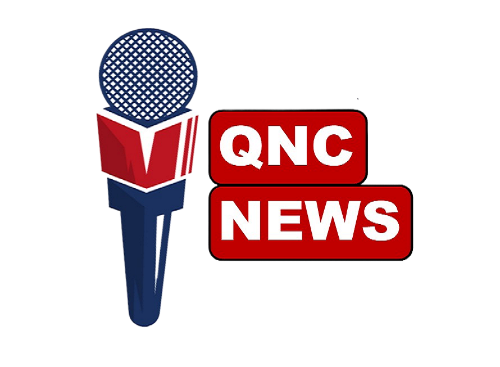President Xi Jinping led a significant military parade in Beijing, celebrating the 80th anniversary of the end of World War II in the Pacific. This event showcased China’s advanced military capabilities, including hypersonic missiles and drones, marking a pivotal moment in demonstrating its geopolitical influence and commitment to a multipolar global order.
Notably, the parade featured prominent attendees, including Russian President Vladimir Putin and North Korean leader Kim Jong Un, reflecting a strengthening alliance between China, Russia, and North Korea. This trilateral cooperation, often termed the “axis of upheaval,” highlights a collective effort to challenge Western dominance and establish a new international framework.
During the Shanghai Cooperation Organisation (SCO) summit held concurrently in Beijing, Xi stressed the need for a “more just and reasonable global governance system,” urging non-Western nations to leverage geopolitical shifts for their benefit. The summit underscored enhanced collaboration among China, Russia, and India despite existing tensions, reinforcing China’s ambition to assume leadership in an alternative global order.
These developments underscore China’s strategic endeavors to reshape international relations, positioning itself as a counterbalance to U.S. hegemony. The alignment with Russia and North Korea, along with initiatives like the SCO summit, illustrate a focused attempt to promote a multipolar world that challenges traditional Western influence.
The military parade and SCO summit collectively signify a transformative moment in global geopolitics, with China advocating for sovereignty and regional cooperation while moving away from Western-centric paradigms. As these events unfold, the international community is closely monitoring the implications of China’s vision for a post-American world order.












Leave a comment